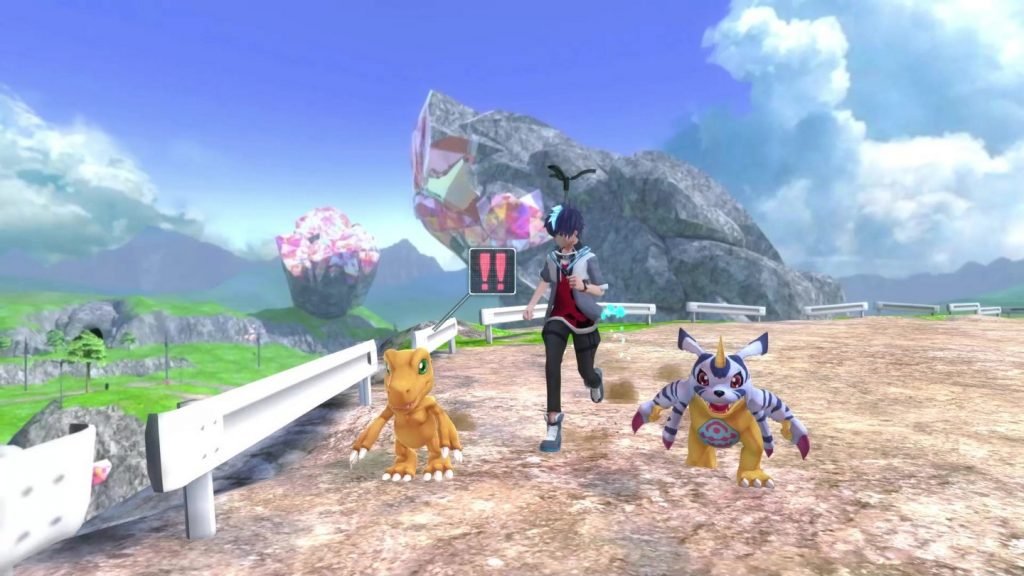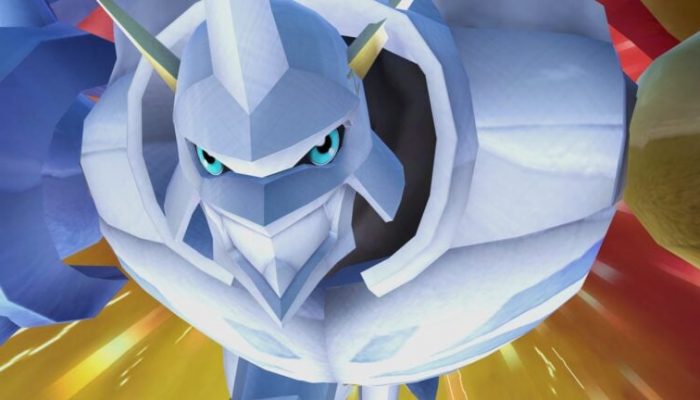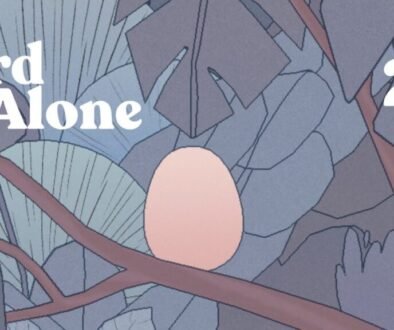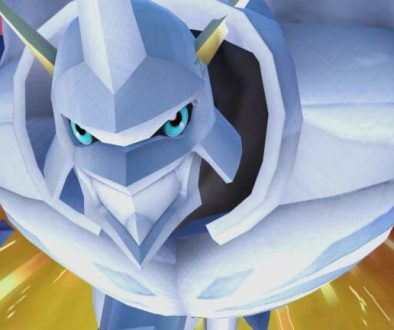Digimon, short for “Digital Monsters,” is a franchise that started in the late 1990s. It was created by Bandai, a Japanese toy and video game company, and quickly became popular among children and teenagers. The franchise includes anime series, movies, trading card games, and video games.
The first Digimon anime aired in 1999, and it told stories about digital creatures living in a virtual world called the Digital World. These creatures, called Digimon, could evolve into stronger forms through a process called “Digivolution.”
The original Digimon video games were released in the early 2000s for handheld consoles like the Game Boy. These games allowed players to raise, train, and battle with their Digimon, similar to raising pets. Over time, the franchise expanded with new games, each adding new features and Digimon species. Today, Digimon remains popular, especially among fans who enjoy collecting and battling with digital monsters.
Comparing Digimon with Pokémon
Many people compare Digimon to Pokémon because both involve collecting creatures and battling. However, there are some key differences:
- Origin and Theme: Pokémon was created by Satoshi Tajiri and Ken Sugimori and focuses on capturing creatures called Pokémon in the wild and training them to compete in battles. Digimon, on the other hand, emphasizes digital creatures that live in a virtual world and often have more complex stories and character development.
- Evolution: In Pokémon, Pokémon evolve into stronger forms through leveling up. In Digimon, Digivolution can be more dynamic, with Digimon changing into different forms based on battles, training, or story events.
- Gameplay: Pokémon games are usually about capturing, training, and battling Pokémon. Digimon games often include raising and caring for Digimon, with more focus on storylines and character relationships.
Similarities Between Digimon and Pokémon
Despite differences, the two franchises share some common features:
- Both involve collecting creatures and building teams for battles.
- They have a wide variety of creatures with unique abilities and designs.
- Both franchises have expanded into anime, movies, and merchandise, creating large communities of fans.
Modern Trends and Popularity of Digimon

Today, Digimon is trending among modern players, especially with the release of new video games and digital content.
Today, Digimon continues to attract a substantial global audience, with millions of fans engaged through video games, anime, trading card games, and digital communities. While exact user numbers are not publicly available, the franchise’s popularity is reflected in its active online forums, international tournaments, and the steady stream of new titles and merchandise. The sustained enthusiasm for Digimon demonstrates its ongoing appeal in the modern digital entertainment landscape.
Many young gamers enjoy the nostalgia of the franchise while discovering new stories and characters. The rise of online gaming and streaming platforms has also helped Digimon reach a broader audience. Fans appreciate the franchise’s focus on storytelling, character development, and the strategic aspects of battling and evolving Digimon. Overall, Digimon continues to grow in popularity, maintaining its place as a beloved digital monster franchise for new and old fans alike.
Referencs
Sumilang-Engracia, E. (2018). Repackaging Japanese Culture: The Digitalization of Folktales in the Pokémon Franchise. https://doi.org/10.32926/2018.5.sum.repac.
Lee, G. (2023). The Effects of Pokémon GO and Franchise Factors on Purchase Intention of Pokémon Bread. https://doi.org/10.5392/jkca.2023.23.04.230.
Capelli, D. & Pagani, R. (2021). MEDIEVAL MOTIFS IN THE POKÉMON FRANCHISE: A SURVEY. https://doi.org/10.22478/ufpb.2595-9107.2021v1n4.60216.




